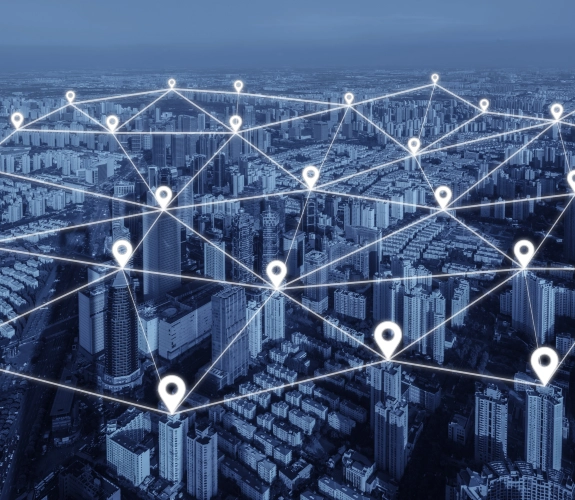Enhance patient care with secure & scalable healthcare technology
Protect data and improve operational efficiency across healthcare networks
Healthcare organizations must balance technology, security, and efficiency. CMN delivers IT and cloud solutions that improve care delivery, and ensure regulatory compliance. With 25+ years of experience, we help healthcare providers deliver exceptional care with confidence.
Let’s connect

Technology solutions for healthcare
High-speed Wi-Fi deployment
Seamless connectivity across patient rooms, clinics, and administrative areas, supporting digital health records and telemedicine.
Network optimization
Tools like AppDynamics enhance application performance, ensuring critical healthcare applications run smoothly.
Connect with us

Advanced networking and connectivity
Cloud security with Zscaler
Implement cloud-based security solutions that comply with healthcare regulations, safeguarding sensitive patient data against cyber threats.
Comprehensive security assessments
Regular penetration testing and vulnerability scans to identify and mitigate security risks.
Connect with us

Cybersecurity and data protection
Virtual consultation platforms
Secure and reliable telemedicine solutions, enabling remote consultations.
Patient monitoring systems
Implement IoT devices and sensors to remotely track patient health metrics, facilitating proactive care.
Connect with us

Telemedicine and remote care
Integrated security systems
Video surveillance, access control, and environmental sensors to monitor and secure healthcare facilities.
Environmental monitoring
Air quality sensors to maintain optimal conditions in sensitive areas.
Connect with us

Physical security enhancements
Outcome-driven approach
Enhance patient care and operational efficiency with tailored IT solutions for healthcare.

Strategic, full-stack IT solutions
Expertise in healthcare technology with over 20 years of industry experience.

Security and compliance as a core focus
Deliver innovative and compliant healthcare IT solutions.

Best-in-class technology partnerships
Collaborate with industry leaders like Cisco and Verkada.

Industry-specific expertise
Proven track record supporting healthcare organizations with robust networks and digital health initiatives.

https://www.youtube.com/embed/7VIhhxQCi1E?autoplay=1&loop=1&mute=1&controls=0&rel=0&playsinline=1&showinfo=0&playlist=7VIhhxQCi1E
What our clients say

I have worked with Cloud Managed Networks for about five years now, and our partnership has grown in so many ways. It's refreshing to have an honest vendor who always has the customer's best interest in mind.
Tom Renaud
Senior Manager of IT Technology
Windsor–Essex Catholic District School Board

Over the course of our partnership with Cloud Managed Networks (CMN), we have greatly valued their responsiveness, support, and consistent willingness to meet our ever-evolving needs.
The solutions and support offered by CMN have significantly increased the value of this partnership, and we would confidently recommend CMN to other organizations seeking a capable, dynamic, and responsive team—one that regularly goes above and beyond to ensure the successful implementation and engagement of deployed platforms and solutions.
We look forward to continuing our partnership with CMN.
Bob Kirk
Network Administrator IT Department
Lambton College

I very much enjoy and value the solid relationship we’ve had with Cloud Managed Networks for over a decade. I have peace of mind knowing that Cloud Managed will represent and support Vantage in the best possible way by leveraging their strong relationship with Cisco/Meraki.
Using Meraki’s cloud-based products has saved a tremendous amount of time in managing IT infrastructure at Vantage and our sister companies in Toronto and Denver. Troubleshooting technical issues has gone from challenging to seamless, thanks to the deep visibility into network-connected devices.
Edward Vastag
Director of IT
Vantage Venues
Building a foundation for smart and secure healthcare centers
El Centro Regional Medical Center strengthened patient and staff safety by deploying an integrated security platform, achieving an 83% reduction in workplace violence and cutting investigation times to just 15 minutes. The solution also supports EMTALA compliance, helping the hospital avoid costly fines while streamlining daily operations.
Stay updated with our latest news and offers! Subscribe to our newsletter today and never miss out on exclusive content.



.webp)



.webp)
























.png)






























